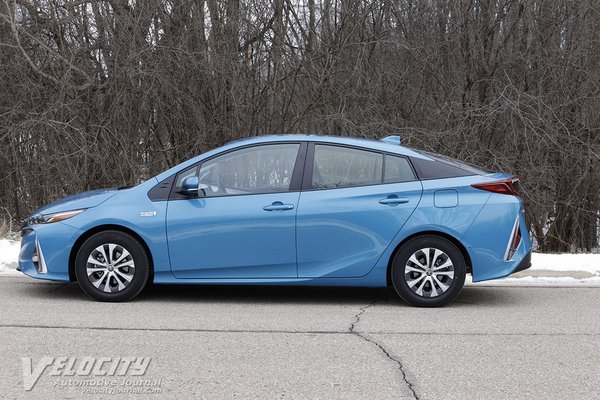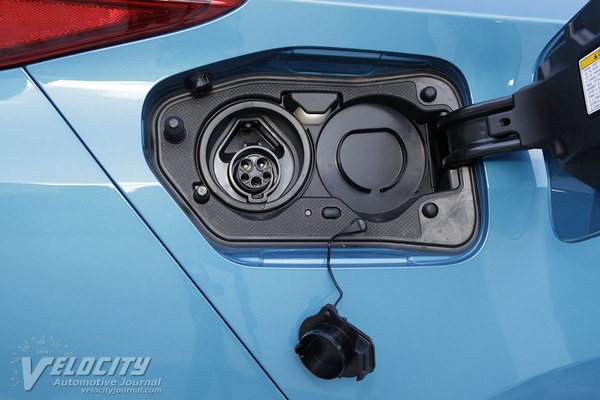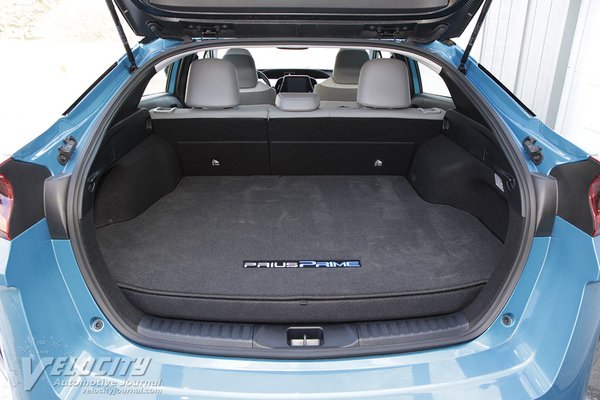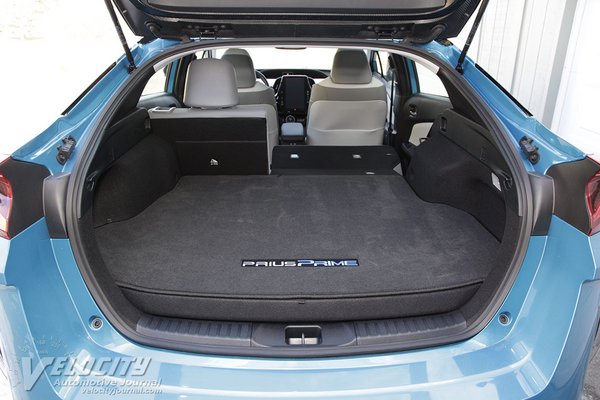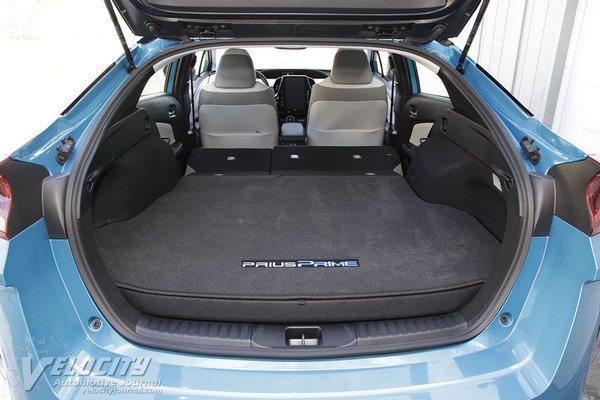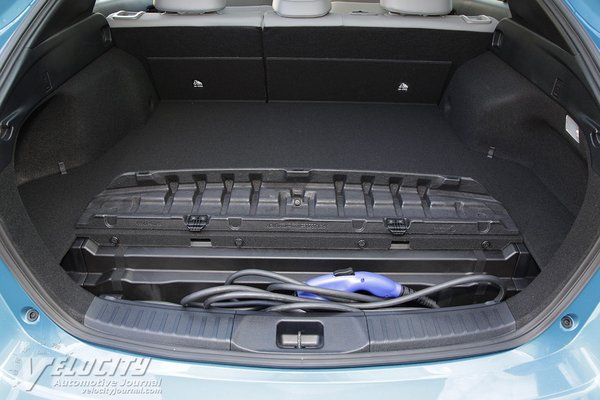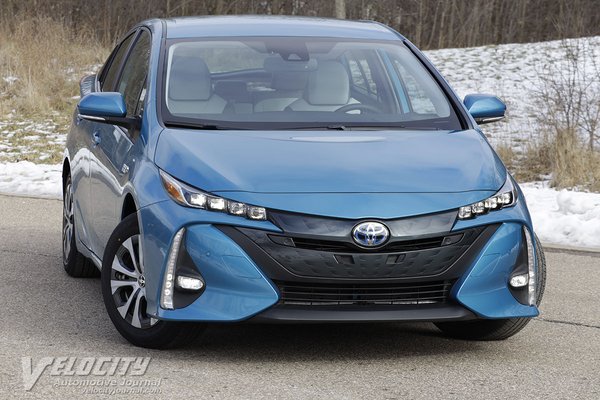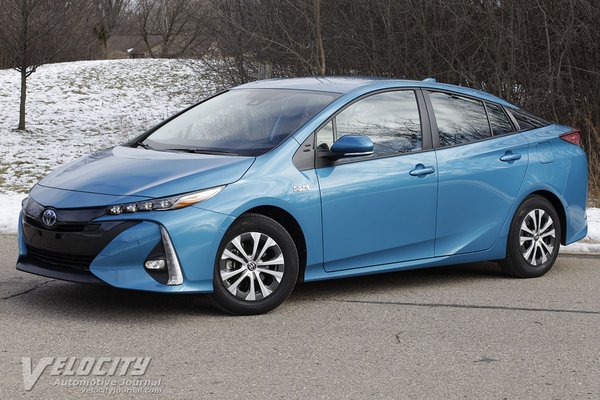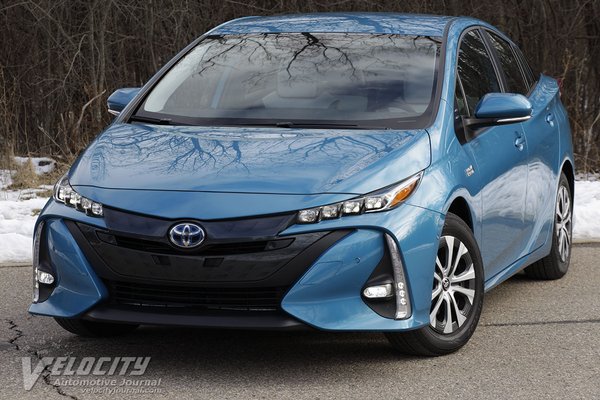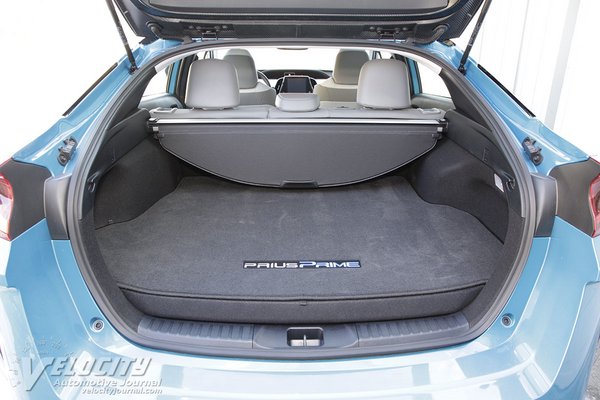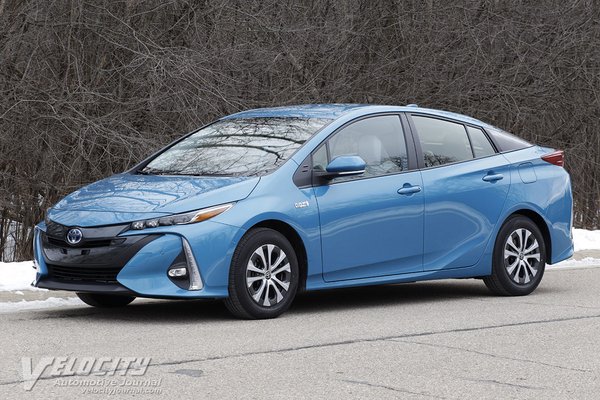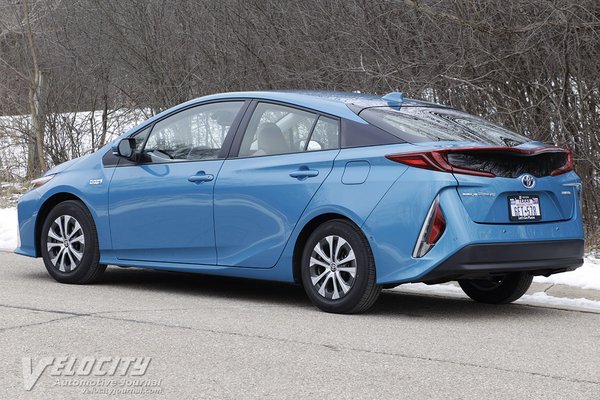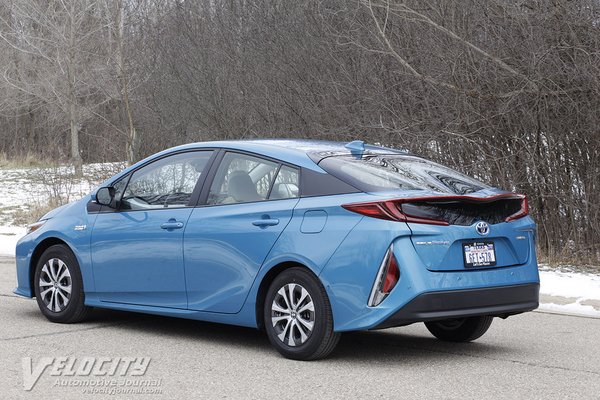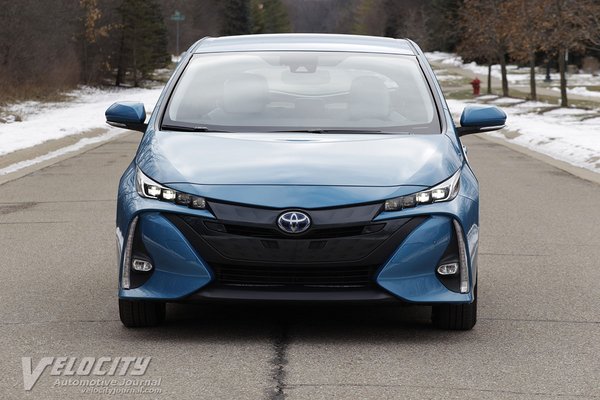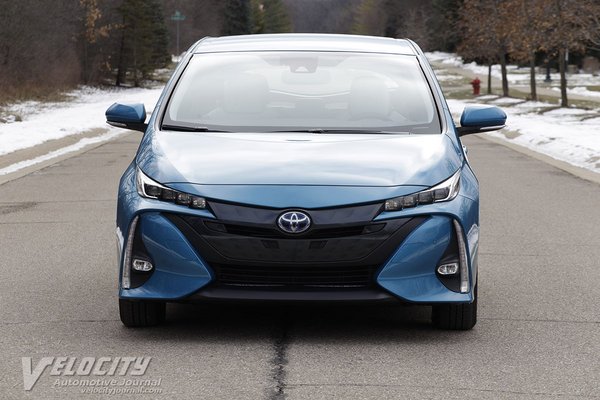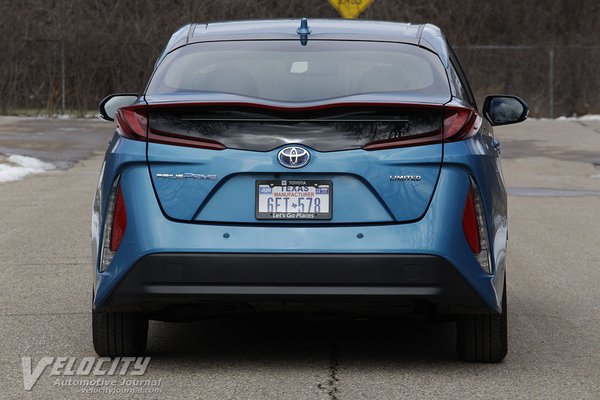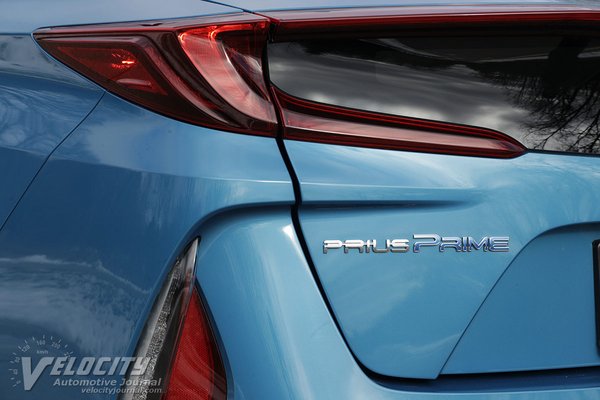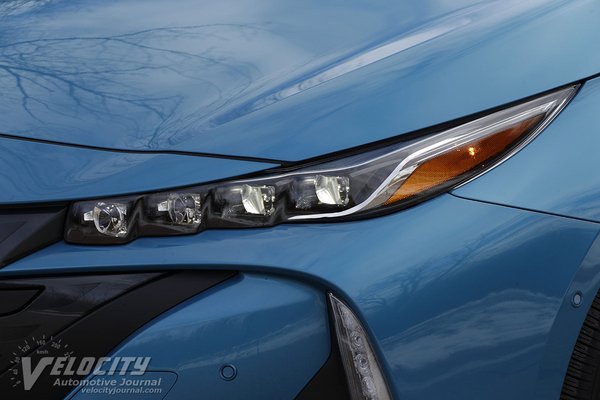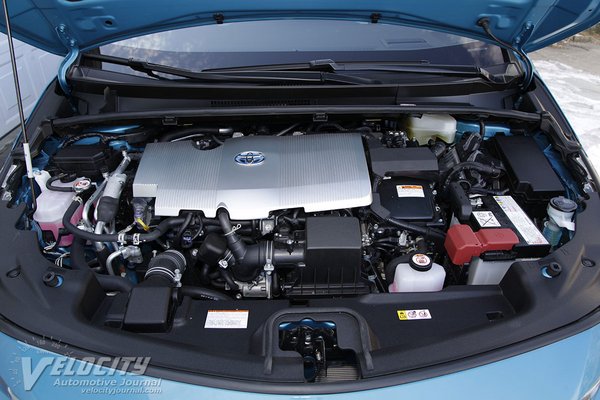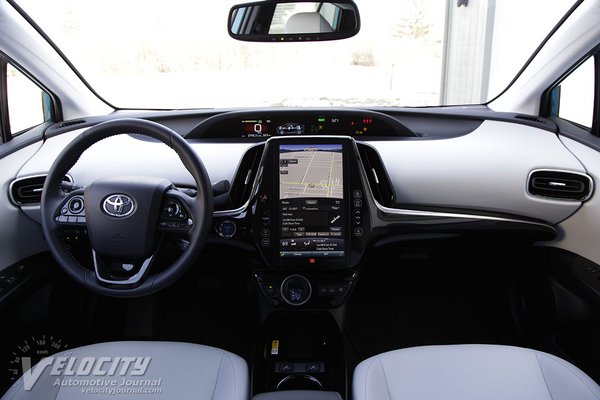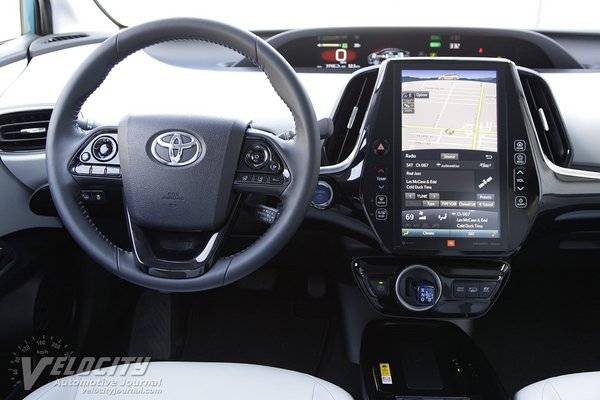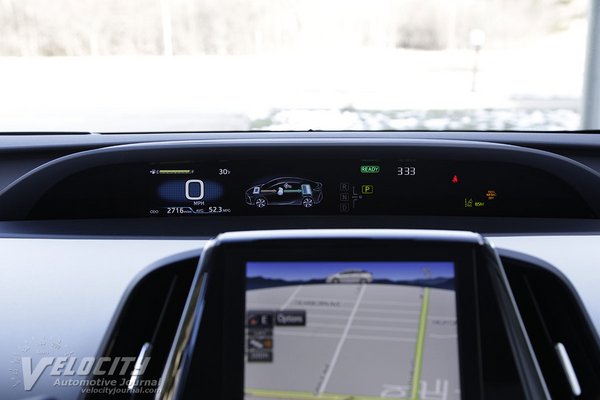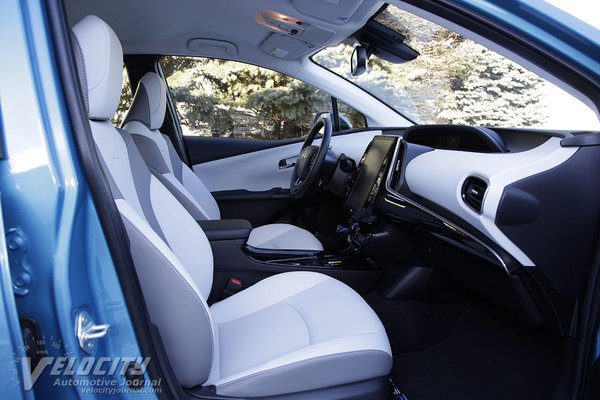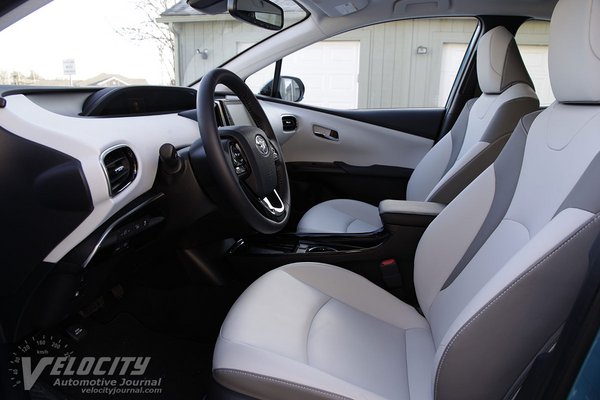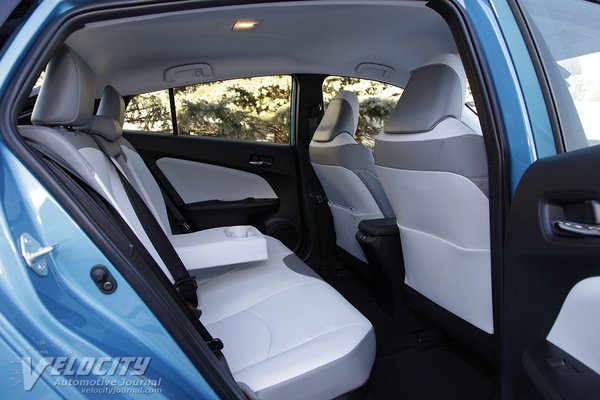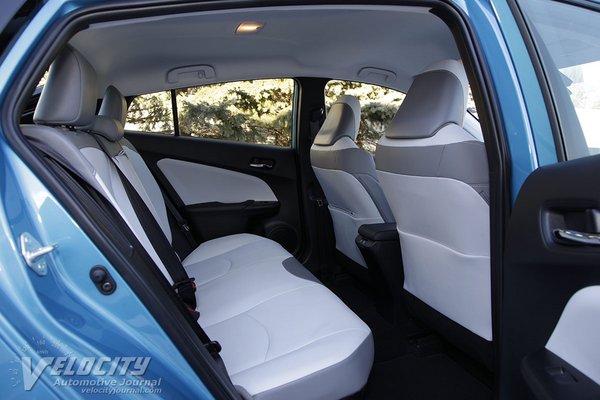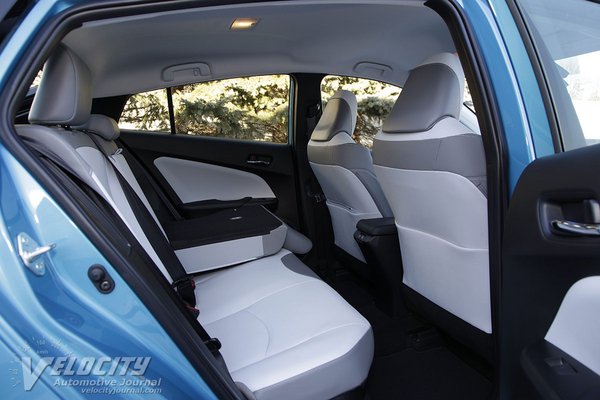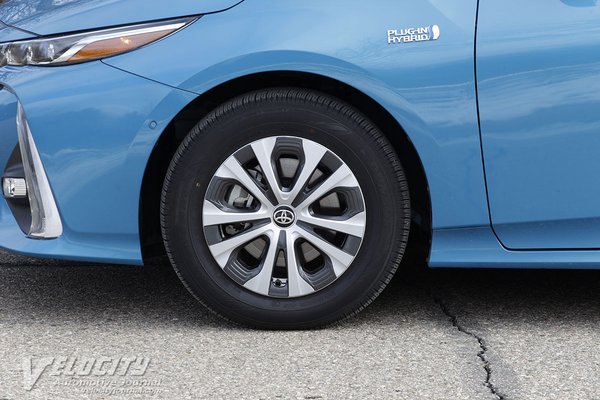2022 Toyota Prius Prime Limited
04/11/2022
Shahed Hussain
Since the launch of the current Prius in 2017, Toyota has expanded the lineup to cater to different customers: plug-in charging (Prius Prime), more amenities (Prius Limited) and all-wheel drive (Prius AWD-e). As a plug-in hybrid (PHEV), the Prius Prime functions as a limited-range EV, but the gas engine eliminates concern about charging station availability.
Prius models start at the base L Eco for $24,625 and range up to $32,920 for the Limited. Both the midrange LE ($25,835), XLE ($28,845) and Nightshade Edition ($30,675) can be ordered with Toyota's dual-motor AWD-e system. Toyota offers the Prius Prime in three variations: LE ($28,220), XLE ($30,000), and Limited ($34,000). Significant standard equipment in the tested Prius Prime includes heated front seats, heated steering wheel, 8-way power driver's seat with lumbar support, head-up display, Qi wireless charging, 11.6" touchscreen, 10-speaker JBL audio system. Apple CarPlay, Amazon Alexa, 15-in. alloy wheels, 120V outlet charge cable, and LED headlights. Radar cruise control, lane departure alert with steering assist, blind spot monitor, intelligent clearance sonar, and pedestrian detection are part of Toyota's Safety Sense active safety technologies.
All Prius models are powered by a 1.8L all-aluminum Atkinson cycle inline-4 with dual overhead cams and variable valve-timing (VVT-i). The gas engine output is 95-bhp @ 5,200 RPM and torque peaks at 105 lb.-ft. @ 3,600 RPM. A 600V AC synchronous motor-generator delivers 53-kW (71-bhp) and 120 lb.-ft. of torque; total hybrid system power totals 121 bhp. Coupled to the gasoline engine and electric motor is an electronically controlled CVT (continuously variable transmission) driving the front wheels. A higher capacity 8.8 kWh lithium-ion battery pack powers the electric motor. Prius AWD-e models have a second motor driving the rear axle. An integrated regeneration system switches the front motor into a generator to recharge the batteries in light to moderate braking. EPA fuel consumption ratings for the Prius Prime are 55/53 MPG (city/hwy.) and 133 MPGe in EV mode. We averaged 52-53 MPG in mixed city and highway driving. According to the EPA, the EV range is up to 25 miles at speeds up to 84 MPH. Toyota's 120V charger is rated for 12 ampere charging rate. We fully charged the battery pack in about 5 hours using a 120V power outlet, consistent with Toyota's claimed charging time of 5.5 hours. Using 240V, the Prius can get a full charge in just over 2 hours, but we were unable to verify the charging time.
The Prius now rides on a fully independent suspension. Replacing the semi-independent torsion beam rear suspension in the previous Prius, Toyota installed a multi-link setup with coil springs, dampers and a stabilizer bar. At the front are MacPherson struts and a stabilizer bar. Disc brakes are on all four wheels: 10.0-in. dia. front and 10.2 in. dia. rear rotors. Steering is a via an electrically-assisted rack-and-pinion system. The Prius Prime is fitted with 15-in. dia. alloy wheels and P195/65R15 Dunlop Enasave all-season tires. Larger 17 in. alloy wheels are available on other Prius models. Toyota specifies the Prius Prime Limited curb weight at 3,375 lbs., 300 lbs. heavier than a Prius Limited. The Prime's higher 265 lb. battery pack contributes to the weight gain over the Limited.
Toyota continues its tradition of simple, functional interior design for the Prius, but has upgraded interior materials using soft touch trim on the dash and door panels. As before, a central instrument cluster houses a digital speedometer and multi-function hybrid system status display. A leather-wrapped steering wheel has buttons for essential audio, phone and vehicle system settings. The 11.6" touchscreen controls most infotainment functions; touch-sensitive volume and tuning buttons plus frequently used functions are located next to the display. Navigation is available via a software download from Toyota, but was not installed in the test vehicle. The shift lever has been moved up to the center stack, freeing up space for dual cupholders and a Qi wireless charging pad. Next to the shifter is an EV mode button that switches the Prius to exclusively electric motor drive. A storage bin under the center armrest conceals a 12V outlet and a USB port.
Toyota's Softex simulated leather front seats are supportive and comfortable. The driver gets 8-way power adjustability plus lumbar support, but the front passenger seat has only manual 4-way settings. Front headroom is reasonably generous: passengers up to 6 ft. tall can fit comfortably. Rear occupants benefit from acceptable legroom and comfort, but headroom is restricted for passengers over 5-10" tall due to the low roofline. Although the rear seat can accommodate three passengers, the center position is tolerable for only short trips due to the hard center armrest. Dual USB ports behind the center console can recharge mobile devices for rear seat occupants.
Toyota has always focused the Prius on fuel efficiency above all, but the current Prius now delivers a driving experience closer to a typical compact sedan. Upgrading to a multi-link rear suspension contributes to significantly superior ride comfort relative to the previous-generation Prius. The electrically-assisted steering is tuned for moderate effort and transmits road surface textures accurately. The suspension is tuned for mild understeer and body roll on winding roads, but the 15-in. wheels and tires are optimized for fuel efficiency, not for sporty handling. Toyota's regenerative braking system engages automatically when coasting and braking to recharge the battery; the transition from regeneration to the conventional disc brakes is seamless at low speeds.
Driving on the highway, the Prius cruises comfortably at 80 MPH. Wind, tire and engine noise are pleasantly subdued. The suspension absorbs frost heaves and potholes, requiring minimal steering correction. In city traffic, the gas engine and electric motor combination deliver adequate torque, but at 70-80 MPH acceleration tapers off since the 1.8L inline-4 is the primary power source. At moderate throttle, the CVT does an excellent job minimizing engine noise and vibration. Mash the gas pedal, and the engine drones as the CVT selects the optimum RPM for maximum acceleration. Of the three drive modes (Normal, Power, and Eco), we mostly selected the Normal or Power mode. In Normal mode, the powertrain automatically switches from EV to hybrid mode depending on driving conditions. The inline-4 is buzzy at idle, but the transition from the gas engine to the electric powertrain is seamless. During our testing we cruised at up to 65 MPH in EV mode for about one minute when fully charged, or about 10 miles at 45-50 MPH. Due to ambient temperatures around 30-35 degrees F, our tested EV range and maximum speed were lower than the EPA estimates due to reduced battery performance.
Until its promised lineup of pure electric vehicles appears over the next few years, the Prius Prime and the RAV4 Prime are the closest to the full EV experience from Toyota. From an affordability, efficiency and usability perspective, the Prius Prime is compelling, although it doesn't have the implied purity of a tailpipe emission-free EV. For Toyota customers, the Prime is an interim vehicle until the EVs start arriving at dealers.

